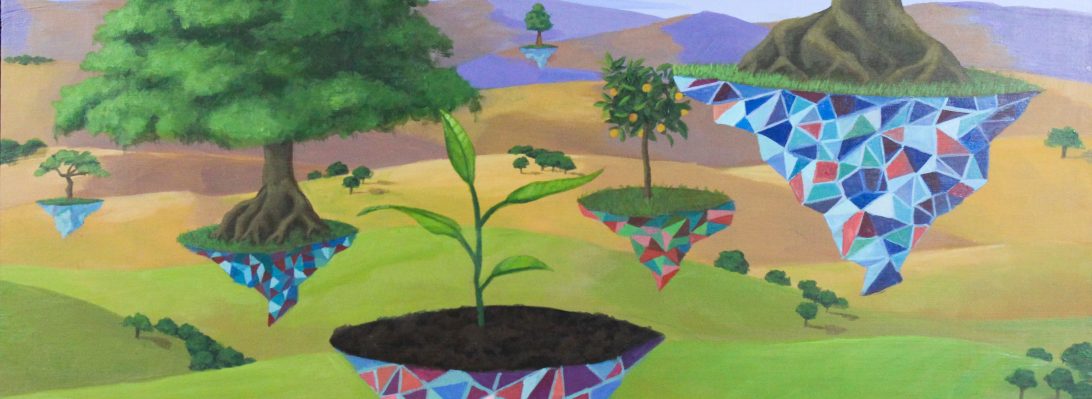
Your typical visitor to the U.S. art museum is more often than not affluent, white, and academically well-educated. As a Latina interested in and inspired by art, Verónica Betancourt often visits encyclopedic art museums – these are museums that claim a comprehensive representation of art history. Her experiences in these spaces are often rife with feelings of alienation and questions of her acceptance as a Latina in the museum’s narrative. Through her dissertation, Betancourt seeks to open these spaces to a more diverse population.
I’ve known Betancourt for a number of years and she’s always a joy to talk to: patient, thoughtful, and funny. We spoke in an office tucked away in the Department of Arts Administration, Education, and Policy at OSU’s Sullivant Hall, the department where Betancourt is currently finishing her dissertation.
Betancourt moved to Columbus for the Master’s Program in Art Education at Ohio State. Much of our conversation focused on the differences between her hometown of Washington D.C. and the Midwest. Though she focuses on art and visuals in her dissertation, she’s also interested in how sound can characterize an environment. She spoke to how Columbus as a city is sonically different than D.C. The conversation also touches on how Latina/o students find community on Ohio State’s campus. Listen more to this exceptional woman speak on finding art, education, and community:
From Washington D.C. to Columbus, Ohio:
🎧 Listen (2:24)
“I had a friend here and she liked it well enough… and was able to talk to me in terms of geographic differences and cultural differences… and I trusted her. I originally came just for a Master’s in Art Education and after that I realized that I still had more questions that I wanted to research and answer, and I decided to stick around.”
The sonic landscape of Columbus, Ohio:
🎧 Listen (2:49)
“Columbus sounded really different, and it didn’t sound like home. And I remember moving here, one of my first nights in our house, we’re still sleeping on the floor because we couldn’t get the mattress up the stairs… And I can hear the sound of the train whistling as it’s coming up bordering 71… To hear that train and know there’s no passenger train station in town… I just realized I was in a very different place.”

Telling a national story through art:
🎧 Listen (2:45)
“I look at encyclopedic art museums in part because they have this specific history of trying to tell a national story and situate who a nation is as a people in relation to other countries and to the global spectrum of history. In this entire idea of being comprehensive, it’s very significant who gets excluded.”
Latinos serving other Latinos at Ohio State:
🎧 Listen (3:10)
“In large part what convinced me to stay for my PhD was the Latino Studies faculty at OSU and the real enjoyment I got from being a part of LASER [OSU’s Latino and Latin American Space for Enrichment and Research] and being a mentor to undergraduate students and some high schoolers because mentoring has been a really big part of my life.”

